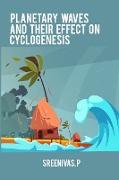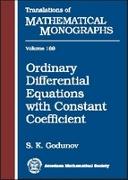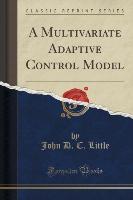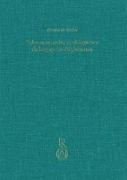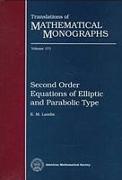- Start
- Planetary waves and their effect on cyclogenesis
Planetary waves and their effect on cyclogenesis
Angebote / Angebote:
Overview of Bay of Bengal circulation Observations in the BoB started in the 19 century with the expedition of the Novara (1857-1859) and VALDIVIA (1898-1899) (Murty and Murty, 2010). The data collected during the cruises of 'RMIS Investigator' were analyzed and documented by Swell in various reports of "Memories of the Asiatic Society of Bengal". During International Indian Ocean Expedition (IIOE), many cruises were carried out in the BoB and with this the availability of data in the Bay of Bengal region increased considerably. The voluminous data collected in the Indian Ocean region during IIOE were analyzed and presented in the form of an atlas by Wyrtki (1971). Other sources of data in the BoB are the atlases (KNMI, 1952, Cutler and Swallow, 1984) which give surface currents of the Indian Ocean (Murty and Murty, 2010). The winds over the BoB are southwesterly during June-September and northeasterly during November-January (Fig. 1.2). The transition from southwest (SW) to northeast (NE) winds takes place during October to November and reverse transition takes place during February to April. The wind possesses strong anticyclonic curl in the southern BoB during summer monsoon and strong cyclonic curl in the southern BoB during NE monsoon season. In response to the winds, circulation in the BoB exhibits a seasonal cycle which is reflected in the surface currents and hydrography. The seasonal reversal of currents was first observed from the ship drift data (KNMI, 1952). Varkey et al., (1996) explained the seasonal circulation by a three-gyre circulation pattern in a schematic way for the two monsoon seasons. More details of the currents and circulation emerged from hydrographic observations (Murty and Varadachari, 1968, Rao et al., 1986, Murty et al., 1992, Shetye et al., 1993, 1996, Sanilkumar et al., 1997) and modeling.
Folgt in ca. 10 Arbeitstagen
